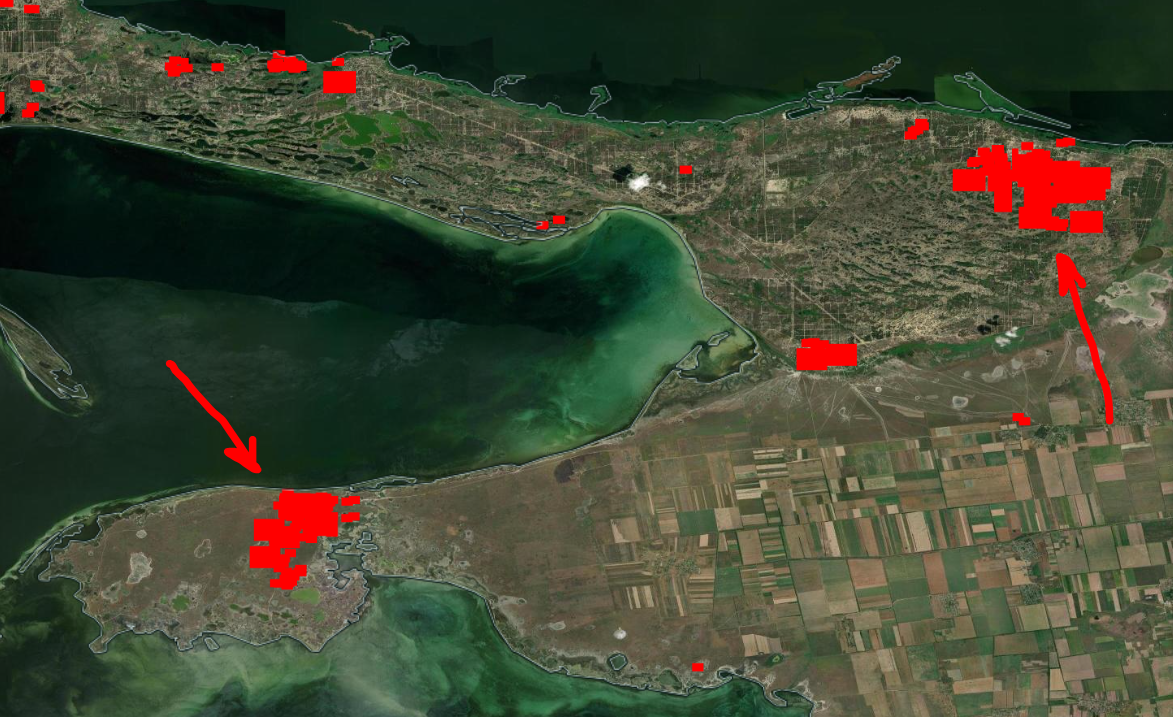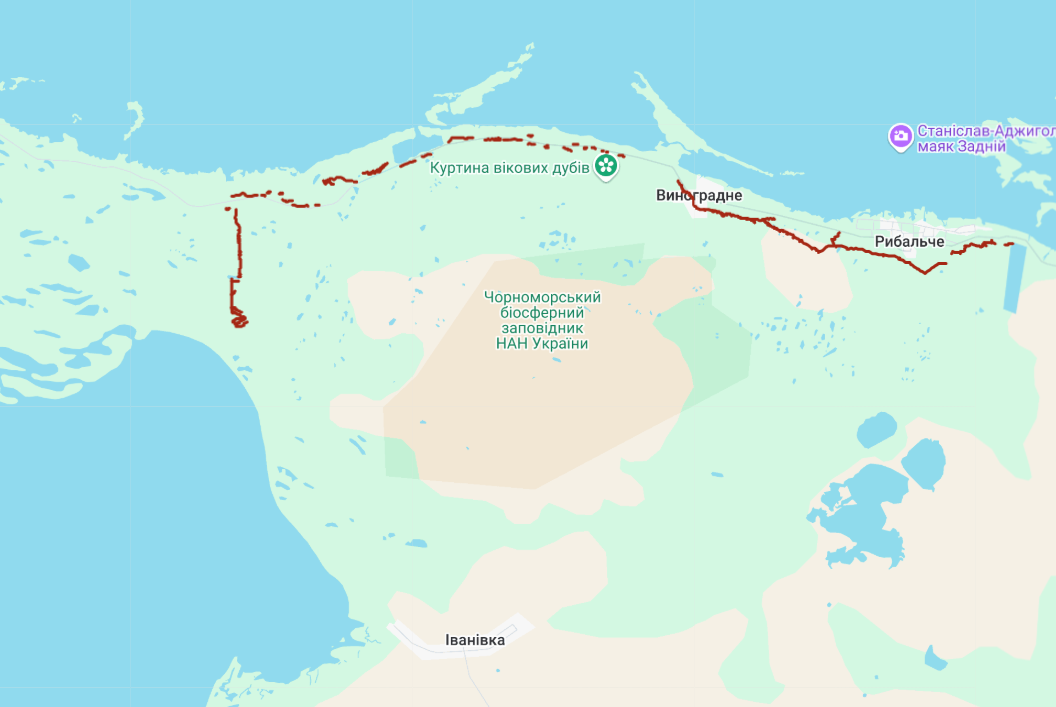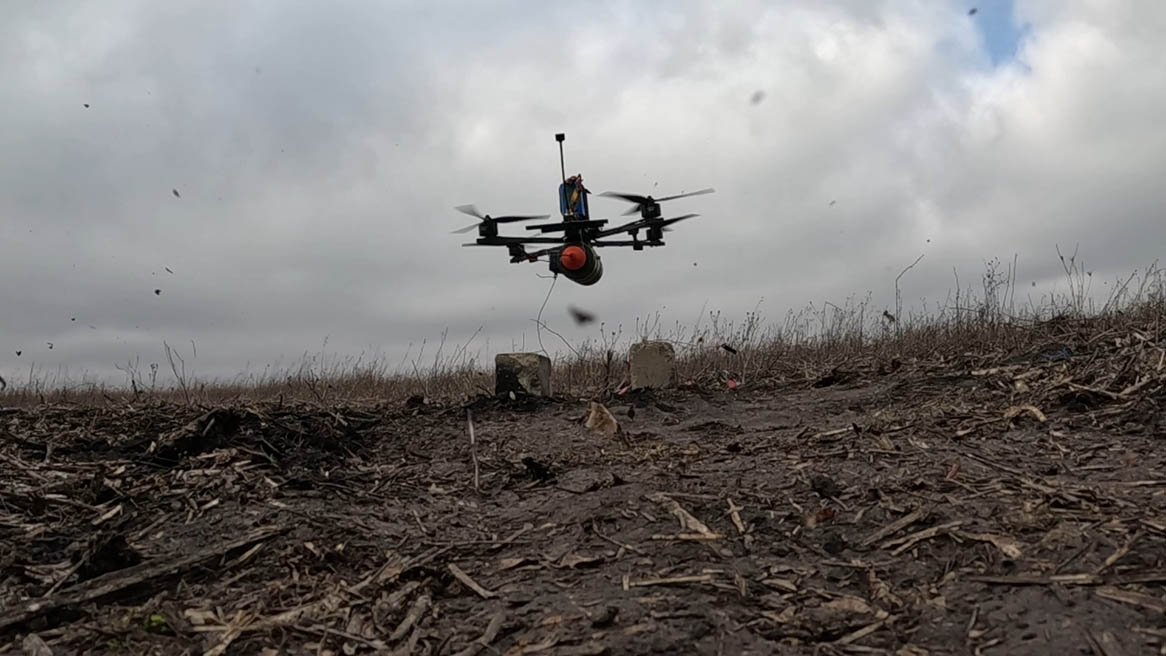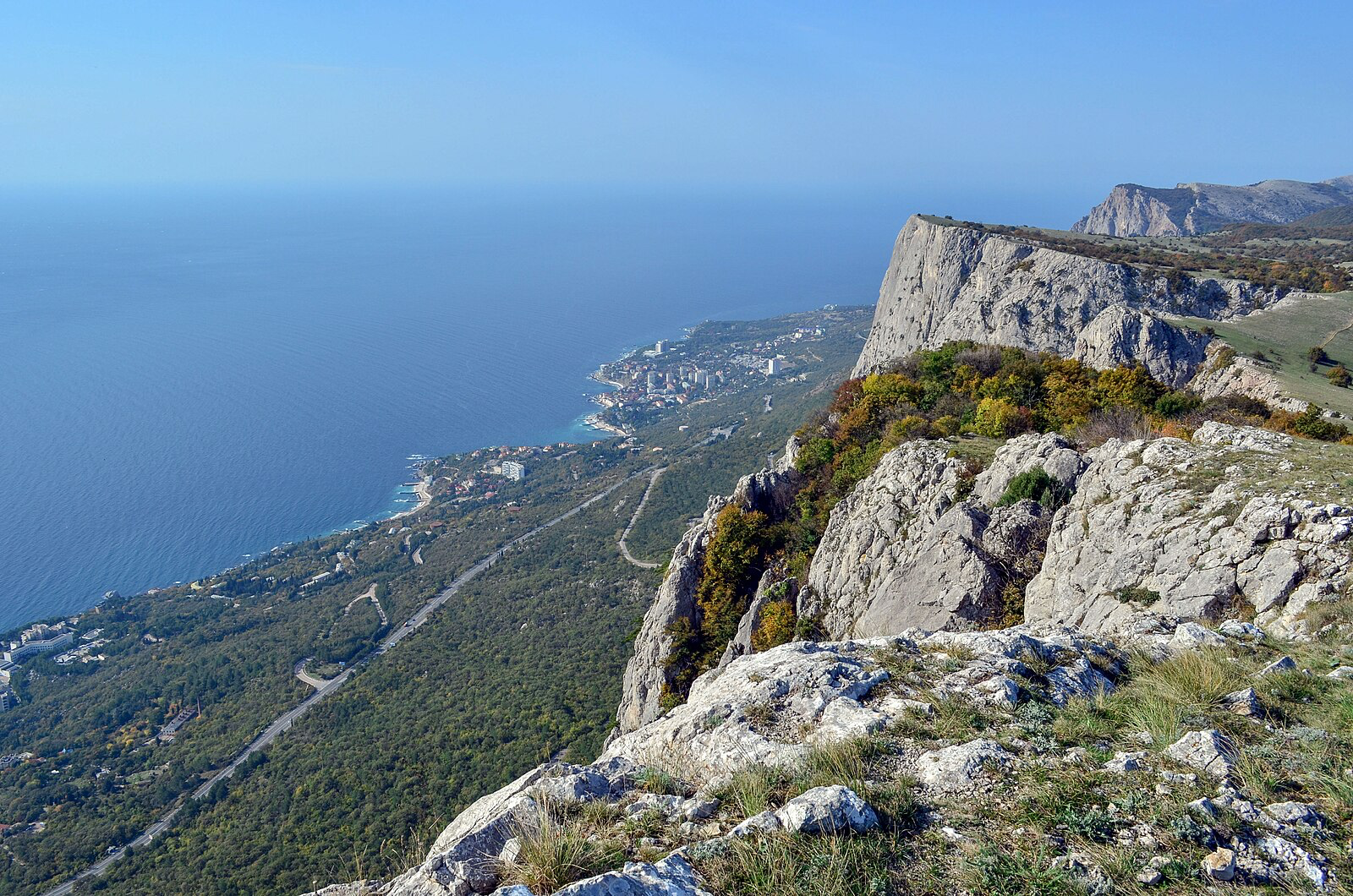Oleksiy Vasyliuk
On July 5, 2025, a large-scale fire broke out in the steppes of the Black Sea Biosphere Reserve (BSBR). For the first time in the reserve’s three-year occupation, the Yagorlitsky Kut area of the reserve burned. It is the only part of the reserve on Ukraine’s mainland and had miraculously managed to avoid fire until now. The Ivano-Rybalchansky area, the reserve’s highest conservation value area, burned as well.
A few days earlier, the Russian occupation administration officially announced the “creation” of the federal budgetary institution Black Sea Reserve—a Russian version of the Ukrainian nature conservation institution that had managed the reserve for over a century. The first event in the biography of the newly formed “administration” was the fiery destruction of its steppe ecosystem.
Fire in Yagorlitsky Kut
Since the start of the full-scale invasion in 2022, fire has repeatedly engulfed the mainland parts of the Black Sea Biosphere Reserve. All but one: Yagorlitsky Kut area remained largely unscathed.
| Established by Ukraine’s government in 1927, today’s Black Sea (Chernomorsky) Biosphere Nature Reserve reserve consists of mainland areas, 20 islands, and two bays — Tendrivska and Yagorlytsky Kut. The reserve is home to about 3,500 species. Protecting high conservation value steppe, wetlands, and forests, the protected area is a critical stopover and breeding ground for over 300 species of birds. It is located in Ukraine’s Kherson and Mykolaiv regions and has been occupied by Russia since 2022. Yagorlitsky Kut is one of the most valuable parts of the reserve. It covers a unique massif of untouched Black Sea steppe, untouched by agricultural use since the 1980s. This grassland is very level and an integrated and extraordinary natural mosaic—from dry sandy areas to low-lying alkali soil depressions. Rare steppe bird species live in this area. Thanks to its remote location and isolation, the site has long remained the least affected part of the reserve and is why a fire here is an exceptional and extremely threatening event. Bird monitoring data for this site is published in the public domain. |
It was not possible to save the steppe this summer. The fire burned for at least two days and covered a significant area of the dry grasslands.

Fire also raged in the reserve’s Ivano-Rybalchansky area, the oldest (1927) and most valuable territory of the BSBR. Astonishingly, both fires coincided with the formal beginning of the “Russian” administration of the reserve.
Three years waiting for Ukraine’s counterstrike
Although the Black Sea Reserve was occupied by the invaders in the first hours of Russia’s full-scale invasion (February 2022), they only established their own administration in June 2025— over three years later. This is much later than in the case of the Askania-Nova Reserve, which the Russians began to “manage” in 2023.
Read more:
Ukraine has had virtually no contact with the Black Sea Reserve since the war’s beginning. Some workers, including Ukrainian administration staff, were captured or went missing. Gradually, the Russian media began publishing colorful reports about the reserve’s operations.
The reserve is located directly across the water from the city of Ochakov, at the line of the war’s conventional naval counter-offensive. Consequently, the occupiers have built a dense system of defensive fortifications nearby: trenches, foxholes, firing positions. Their location can be seen on satellite images.

As a result, the area around the reserve has become very militarized, and the Russians are unlikely to stay in place for very long. Accordingly, they were in no hurry to add the reserve as an asset, even for the sake of appearances.
UNESCO changes focus
The Black Sea Biosphere Reserve is one of the first protected areas in the world to be awarded biosphere reserve status. It was included in the international network of UNESCO biosphere reserves in 1979, along with the first eight Soviet reserves, and it is one of the first hundred sites around the world. This status confirms its unique natural value not only on a national but also on a global scale. UNESCO retains an interest in the fate of reserves under its jurisdiction.
At the same time, Russia is increasingly isolated in the international nature conservation community. There have also been calls to force Russia out of UNESCO.
Notably, the Russian occupiers chose to demonstrate their “concern” for biosphere reserves just a few days before the scheduled annual session of the UNESCO World Heritage Committee that took place in Paris from July 6-16, 2025.
At a time when the country is being excluded from conferences and governing bodies, Russia may view the UNESCO meeting as an “opportunity” to legitimize itself in these occupied territories.
Reserve boundaries: a claim to annex another region of Ukraine
Speaking on July 1, 2025 at a round table on the “Development of Russia’s protected areas network: problems and challenges” at the Public Chamber of the Russian Federation, Deputy Head of the Department of Nature Protection of Russia’s Ministry of Natural Resources Artur Chertov gave a florid answer to the delicate question of why the vast Russian Federation is currently creating so few protected areas. The official, in particular, boasted that “… literally just last week, the Black Sea Reserve was created in the Kherson and part of Nikolaev regions.” Then he tried convincing the assembled experts that the plans for the next five years include the creation of another 20 protected areas, half of which are in “new” territories. That is, these are long-time protected Ukrainian areas that are currently under Russian occupation. Interestingly, the BSBR was created “for growth,” in the part of Nikolaev region that, even according to Russia’s crooked modern “laws”, belongs to Ukraine.
Given the lack of access to the occupied reserve, it is important to closely examine the few available documents to glean information about the environmental situation there. For example, the decree establishing the Russian “clone” reserve states the size of the reserve as 109,131 hectares. Contrary to customary practice, the boundary coordinates for the “new” protected area are not contained in the decree. The official area of the Black Sea Biosphere Reserve is 109,254 hectares—the occupation administration has “lost” 123 hectares at the outset, their fate unknown.
Were they “excluded” because they are now military facilities? Or perhaps the lands were transferred for other “economic” uses? There is no answer, but the trend is familiar, for example in the case of similarly occupied Askania-Nova Nature Reserve, the occupation authorities also recalculated its area in their favor.
So, on the heels of establishing a Russian “clone” reserve, its most valuable areas were severely burned; a loss of 120 hectares was declared in an official document; and the establishment of the “new” reserve took place against the backdrop of the disappearance or captivity of the reserve’s Ukrainian staff. This is the reality. Instead of covering the true story, the Russian media is again trying to create a different perspective for the world community.
Translated by Jennifer Castner
Main image source: Yu Moskalenko CC-BY-SA-4.0







